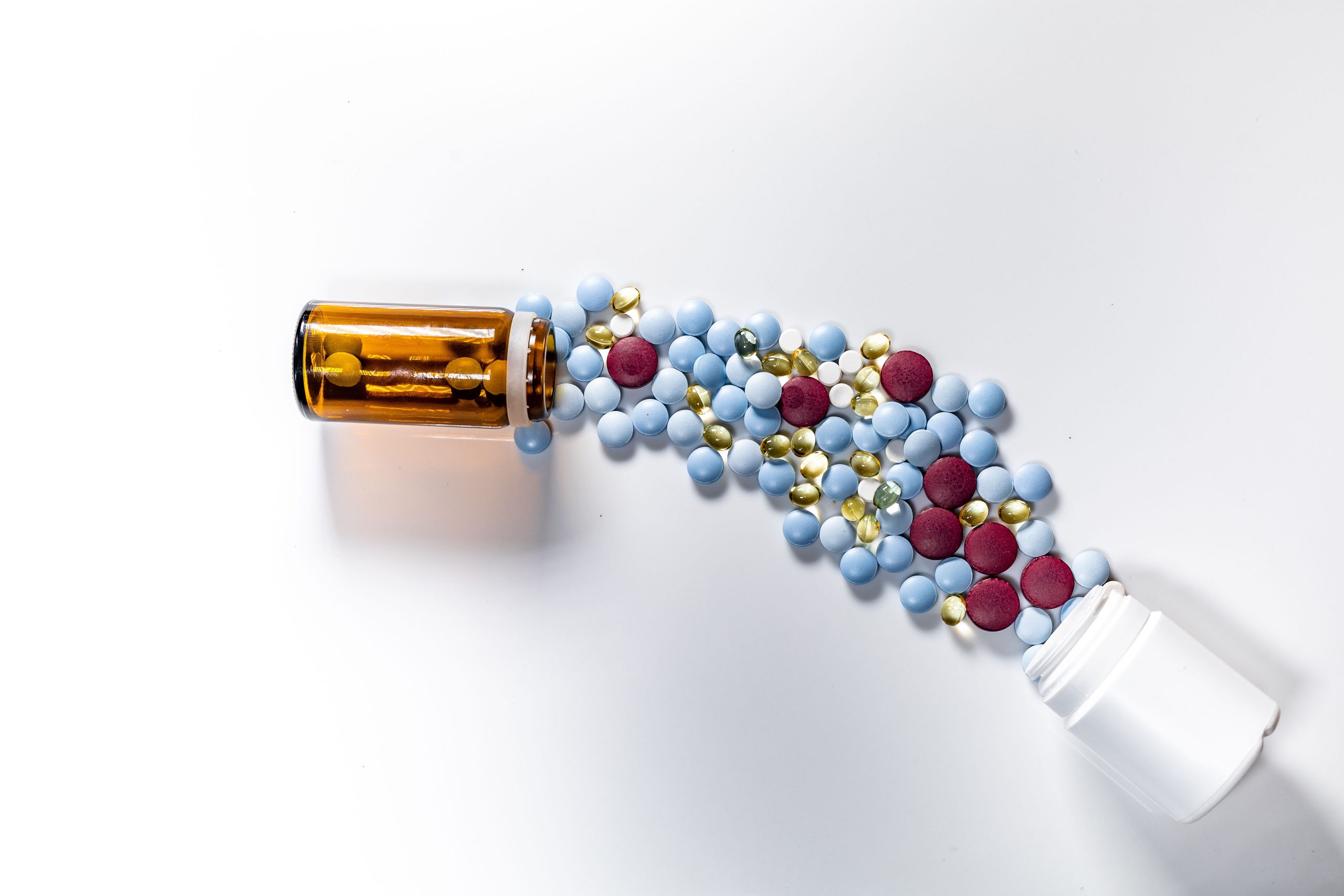Treatment For ADHD
Psychosocial therapy is the most common treatment for adding. Medications can include stimulants like methylphenidate and amphetamine, and non-stimulants such as atomoxetine, viloxazine, guanfacine, and clonidine.
Stimulant medication should not be used by patients who have active substance abuse problems but they are an option for those who are in stable recovery. Combination therapy using antidepressants especially SSRIs, is a different option.
Stimulants
Stimulants boost dopamine and norepinephrine levels in the brain's synapses. This improves concentration and decreases the intensity of impulses and hyperactivity. Most doctors prescribe medication from the stimulant class to treat ADHD. They may prescribe methylphenidate (Concerta, Ritalin) or amphetamines, which are similar to each other. The type prescribed will depend on a individual's biochemistry and how well they react to the drug. It can take up to seven days for the full effects of a drug to become evident. The medication will be effective if you notice improvements in concentration, memory sleep, and impulsivity.

Some of the side effects include a decrease in appetite, trouble sleeping and an increase in blood pressure and heart rate. People with medical conditions, like heart disease or high blood pressure shouldn't take them. Stimulants are tightly controlled drugs that are prone to misuse. Only psychiatrists or paediatricians or in certain cases, general practitioners, can prescribe stimulants. They are available in the form of tablets or pills or patches that go on the skin, or liquids.
Children and adolescents who take stimulants frequently experience problems with appetite and weight loss. They can also develop disorders when the dose is too high. If this occurs, the doctor might reduce the dosage to avoid the drug from leading to a worsening of symptoms.
The use of stimulant medications is for approximately 70-80% of children and adults with ADHD. Most children and young people experience improvement in their symptoms when they receive treatment. This is particularly true for those who have parents, teachers or carers that can report improvements.
Recommended Online site of stimulants can lower the risk of developing addiction disorders later in the course of. Wilens Katusic, Wilens, and colleagues81,82 and Biederman, et al83, found that stimulant therapy reduces the risk of acquiring substance use disorders in the adolescent years. However the protective effect diminishes by early adulthood.
